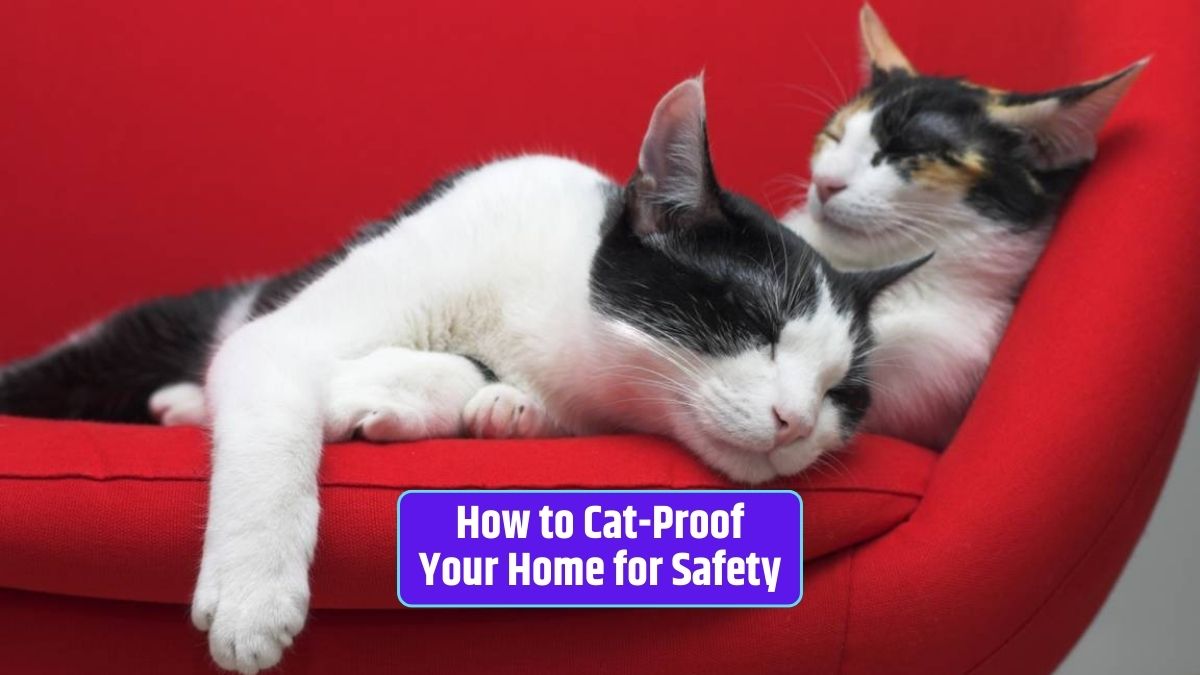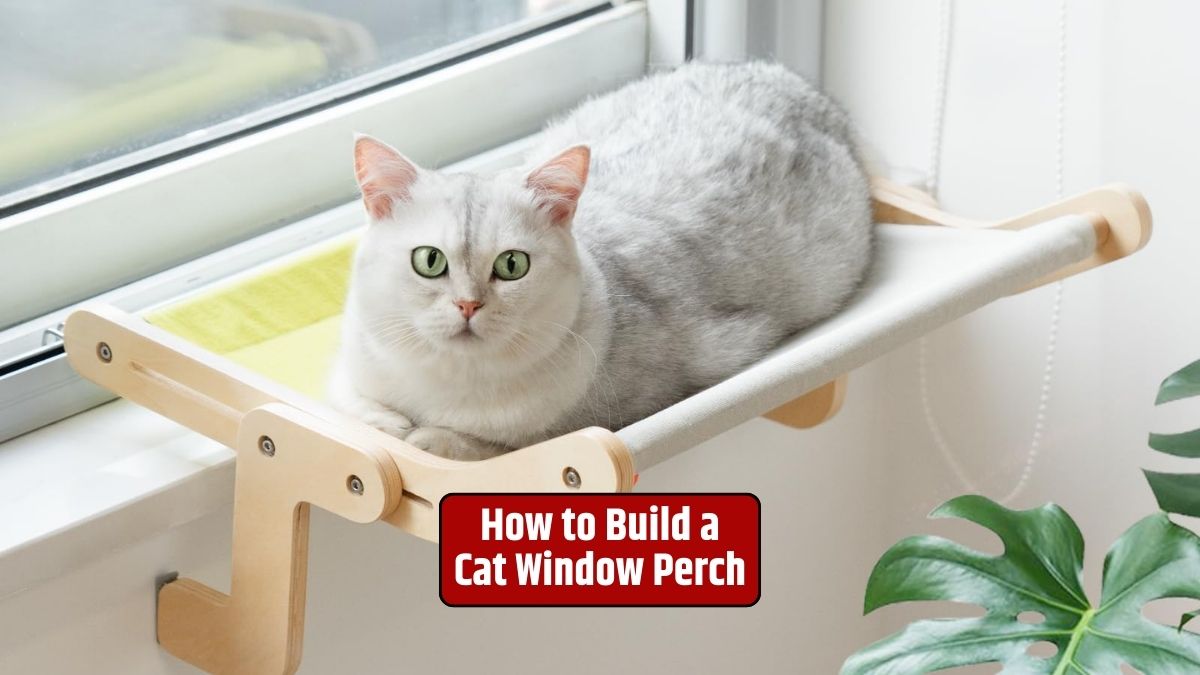Cats are curious creatures, and as cat owners, it’s our responsibility to ensure their safety within our homes. In this guide, we will explore the best practices for cat-proofing your home to create a secure and welcoming environment for your feline friend.
- 1 Introduction
- 2 Importance
- 3 Cat-Proofing
- 4 General Safety Tips
- 5 Conclusion
- 6 FAQs
- 6.1 What are the most common household items that are dangerous for cats?
- 6.2 Should I use childproof locks for cabinets and drawers in a cat-proofed home?
- 6.3 How can I train my cat to use a scratching post?
- 6.4 Are there any alternatives to toxic plants for my home that my cat can enjoy?
- 6.5 What should I do if my cat ingests something harmful?
Introduction
Bringing a cat into your home can be a delightful experience, but it also comes with the responsibility of ensuring their safety. Cats are known for their inquisitive nature and love to explore every nook and cranny.
As a cat owner, it’s crucial to make your home a safe haven for your furry companion. In this article, we will discuss various ways to cat-proof your home and create a secure space for your cat to thrive.
Importance
Cat-proofing your home serves several essential purposes:
- Safety: Cats can get into precarious situations, and cat-proofing helps prevent accidents.
- Health: By removing potential hazards, you can protect your cat’s well-being.
- Peace of Mind: A cat-proofed home allows you to relax, knowing your feline friend is safe.
Cat-Proofing
1. Living Room
- Secure Cords: Cats often chew on electrical cords, which can be dangerous. Use cord protectors or keep cords out of reach.
- Cover Openings: Ensure fireplaces and vents are covered to prevent access.
2. Kitchen
- Lock Cabinets: Keep cabinets and drawers locked to prevent your cat from exploring potentially harmful items.
- Secure Trash: Use a trash can with a tight lid to keep your cat from rummaging through it.
3. Bedroom
- Keep Medications Secure: Store medications and chemicals in a high, closed cabinet.
- Hide Small Objects: Cats can swallow small objects. Keep jewelry and small items out of reach.
4. Bathroom
- Close Toilet Lids: Cats may be curious about water and can fall into the toilet.
- Store Cleaning Supplies Safely: Ensure cleaning supplies are inaccessible.
5. Home Office
- Organize Wires: Keep computer wires and cables organized and out of reach.
- Protect Paperwork: Cats love to scratch, so protect important documents.
General Safety Tips
- Plants: Some plants are toxic to cats. Make sure your indoor plants are safe for your feline friend.
- Window Screens: Ensure window screens are secure to prevent falls.
- Litter Boxes: Place litter boxes in accessible and quiet areas.
- Cat-Friendly Furniture: Invest in cat-friendly furniture like scratching posts and cat trees.
- Regular Check-Ups: Schedule regular vet check-ups to ensure your cat’s health.
Conclusion
Cat-proofing your home is a vital aspect of responsible cat ownership. It not only safeguards your cat but also provides you with peace of mind, knowing your pet is safe and sound. By following the guidelines outlined in this article, you can create a secure and welcoming environment that allows your cat to thrive.
FAQs
What are the most common household items that are dangerous for cats?
Common household items that can be dangerous for cats include toxic plants, human medications, cleaning supplies, small objects that can be swallowed, and electrical cords.
Should I use childproof locks for cabinets and drawers in a cat-proofed home?
Childproof locks can be an effective way to keep cabinets and drawers secure. However, make sure they are cat-proof as well, as cats can be quite clever at opening them.
How can I train my cat to use a scratching post?
Place the scratching post in a prominent location and use positive reinforcement with treats and praise when your cat uses it. Gently redirect your cat to the post if they start scratching furniture.
Are there any alternatives to toxic plants for my home that my cat can enjoy?
Yes, there are safe and non-toxic plants that cats can enjoy, such as catnip, cat grass, and spider plants. These can provide enrichment for your cat.
What should I do if my cat ingests something harmful?
If you suspect your cat has ingested something harmful, contact your veterinarian or an emergency pet poison hotline immediately. Do not induce vomiting or administer any treatment without professional guidance.






